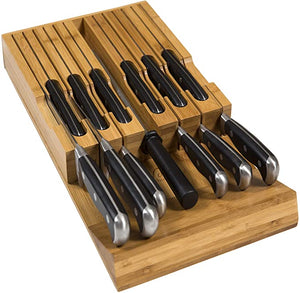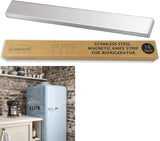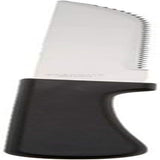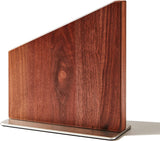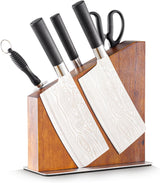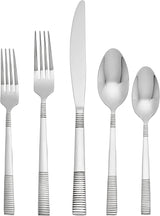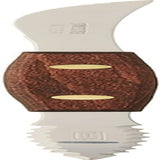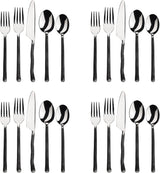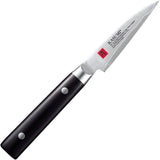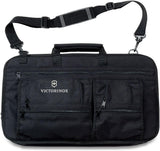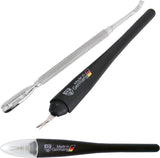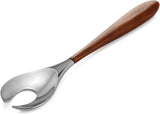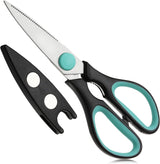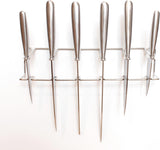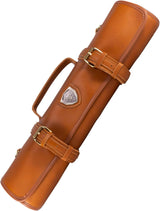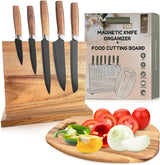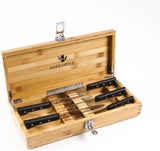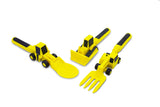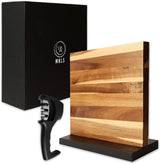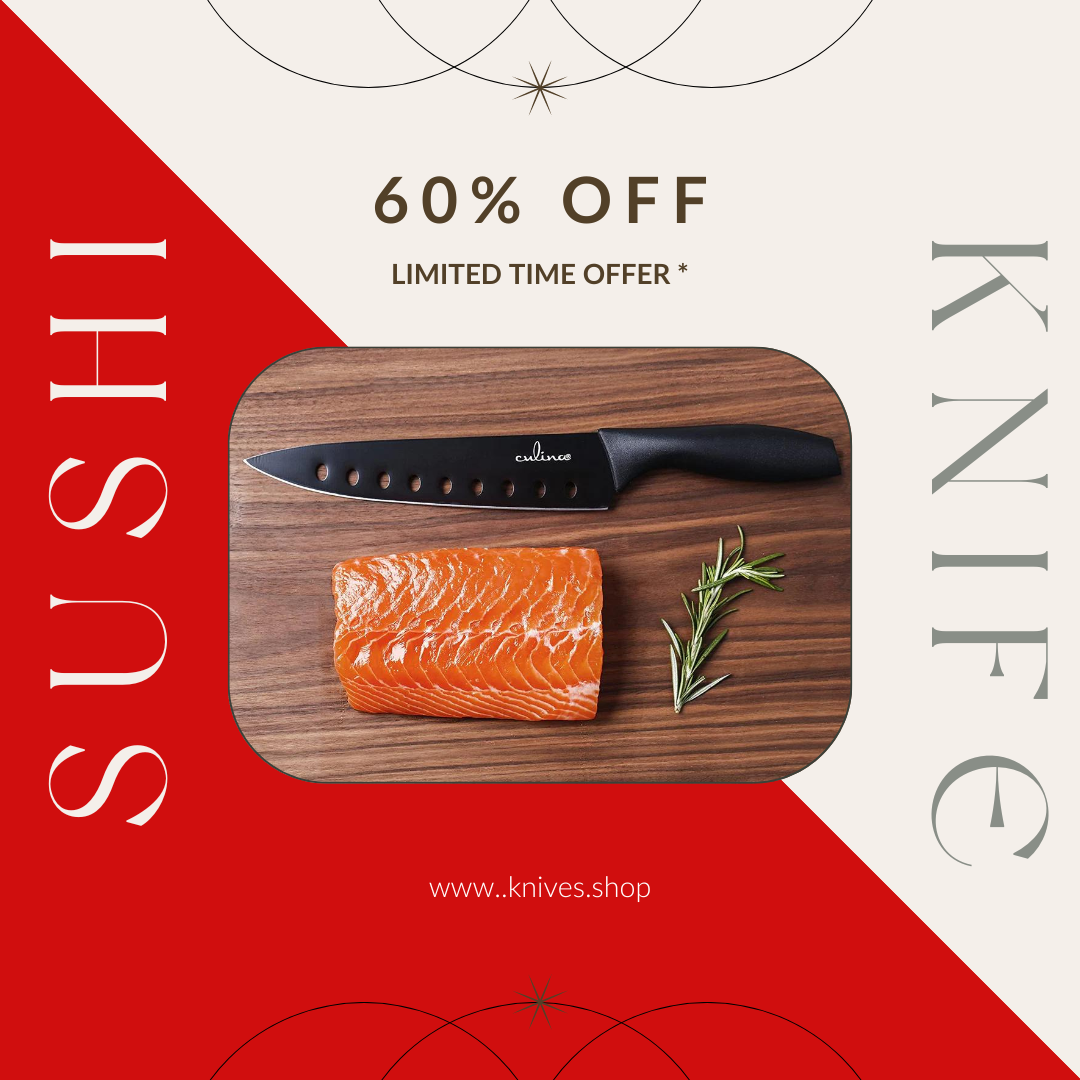Introduction to Sharpening a Bubba Fillet Knife
In any professional kitchen, maintaining sharp tools is critical to ensuring precision, efficiency, and safety. A Bubba fillet knife stands out as a prized possession among chefs and kitchen professionals. Known for its ergonomic grip and excellent flexibility, the Bubba fillet knife is the go-to tool for cleanly slicing fish fillets. However, even the best fillet knife loses its sharpness over time. This raises a significant question: how to sharpen a Bubba fillet knife effectively?
This guide is designed for kitchen professionals and enthusiasts looking to master the art of maintaining their valuable Bubba fillet knife. Lets dive into the professional techniques that ensure your blade retains its sharp edge!
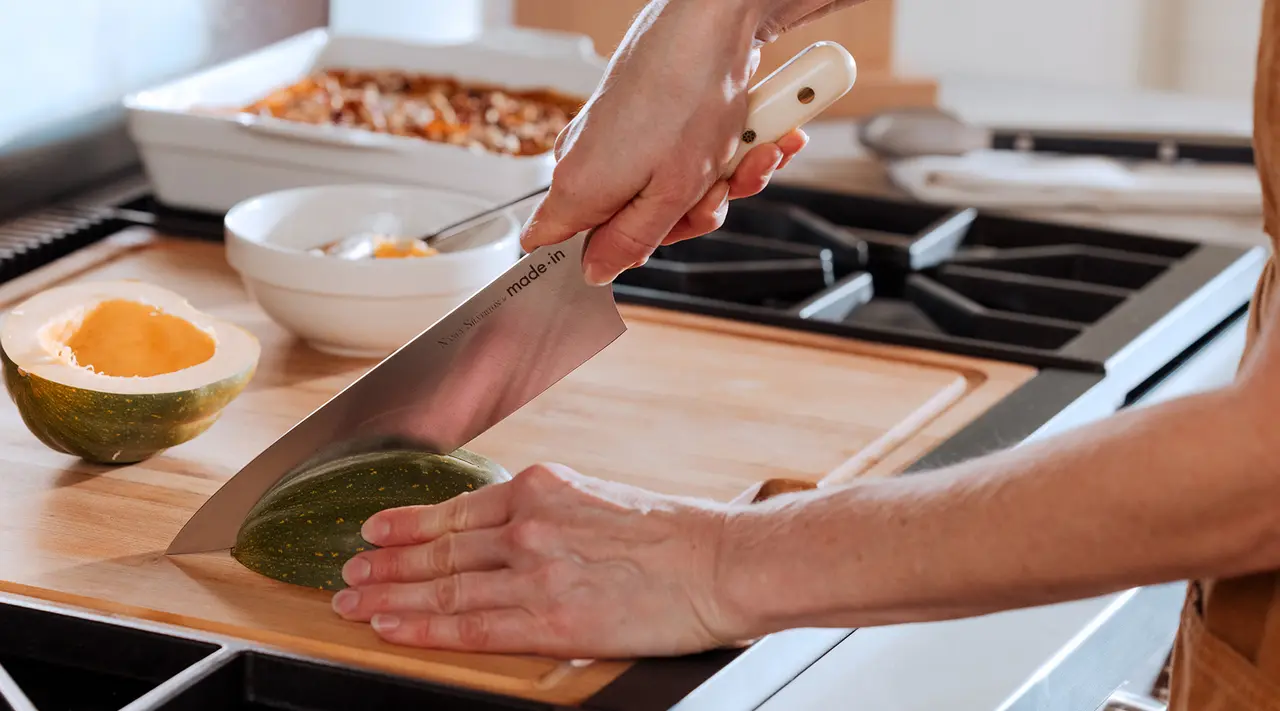
Understanding the Bubba Fillet Knife Design
Before discussing sharpening techniques, its essential to understand the unique design features of a Bubba fillet knife. These knives often come with non-slip handles, stainless steel blades, and a thin, flexible design tailored for precision. The very qualities that make these knives exceptional for filleting also require specialized maintenance techniques to preserve their edge.
The flexible blade, in particular, makes the Bubba knife perfect for intricate cuts but also makes it susceptible to losing its edge quicker than more rigid blades. This is why knowing the right sharpening process is essential.
Gathering Essential Sharpening Tools
Just as you wouldnt approach a task without the right kitchen tools, sharpening your Bubba fillet knife requires specific tools. Heres what youll need:
- A quality whetstone: This is the cornerstone of knife sharpening, offering different grits for honing and polishing.
- Sharpening rod or steel: To align the knifes edge after sharpening.
- Knife guide: For professionals who prefer consistent angles.
- Lubricating oil or water: Depending on your whetstones requirements.
- Microfiber cloth: For cleaning and drying the knife after sharpening.
Ensuring these essentials are on hand will allow you to perform a well-rounded sharpening routine that optimizes the blades performance.
How to Sharpen a Bubba Fillet Knife with Precision
Heres a step-by-step guide for attaining a seamlessly sharp edge on your Bubba fillet knife:
Step 1: Prepare Your Sharpening Station
Choose a stable surface with sufficient lighting where you can safely sharpen your knife. Soak your whetstone in water for 1015 minutes or apply a few drops of sharpening oil if applicable. A properly prepared whetstone ensures an effective sharpening process.
Step 2: Select the Appropriate Grit
With your Bubba fillet knife, starting with a medium grit (around 10001500) helps polish the edge without damaging the flexibility of the blade. Move to a finer grit (30006000) to achieve a razor-sharp finish.
Step 3: Find the Optimal Angle
The recommended sharpening angle for fillet knives like the Bubba is between 15 and 20 degrees. Using a knife angle guide can help you maintain consistent angles throughout the process, which is vital for preserving the blades profile.
Step 4: Sharpen the Blade
Hold the knife firmly and drag the edge across the whetstone in a sweeping motion. Start from the heel and go to the tip, applying light pressure. Repeat this motion for about 1015 strokes on each side, ensuring even sharpening.
Step 5: Hone the Edge
After sharpening, use a honing rod to refine the blades edge and align it properly. This step is particularly crucial for restoring precision, especially in professional kitchen settings.
Common Mistakes to Avoid
Even seasoned kitchen professionals can make mistakes while sharpening their knives. Here are a few pitfalls to steer clear of:
- Applying excessive force: This can hurt the knifes structure and reduce its longevity.
- Ignoring the blades flexibility: Fillet knives like the Bubba require a delicate approach to maintain their unique qualities.
- Skipping the honing step: Honing is essential for aligning the edge after sharpening.
- Not cleaning the blade after sharpening: Residual debris can damage the knife.
Preserving Your Bubba Fillet Knife
Sharpening is only one part of the equation. Proper storage, cleaning, and regular maintenance also play crucial roles. For instance, cleaning your knife after every use can significantly reduce wear and prolong its lifespan. For more tips on cleaning kitchen knives, visit this guide on proper knife cleaning techniques.
Additionally, its worth noting that high-quality materials like those used in Bubba knives deserve equally thoughtful storage solutions. Store your knives in blade guards or magnetic strips instead of tossing them in a drawer.
Additional Resources
If youre passionate about enhancing your kitchen tools, dont miss these excellent reads from Henckels knife insights and fillet knife recommendations. They offer more valuable guidance on making the most of your professional kitchen arsenal.
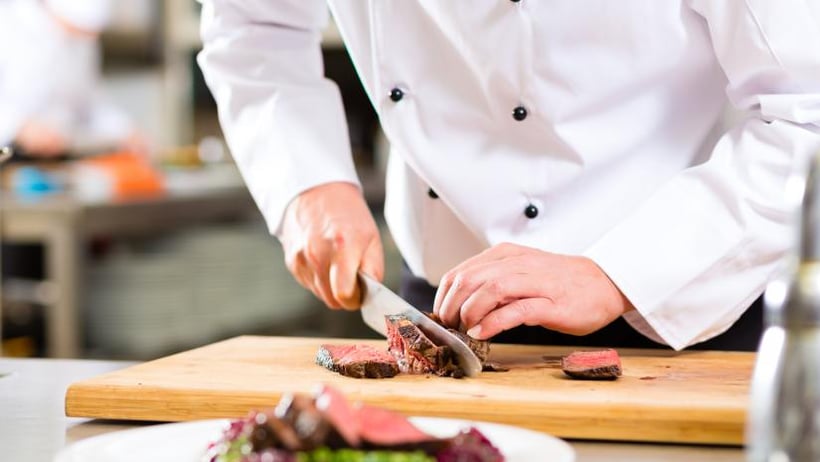
FAQs about Sharpening Bubba Fillet Knives
1. How often should I sharpen my Bubba fillet knife?
It depends on how frequently you use it. For professional chefs, sharpening every few weeks or after extended use is a good rule of thumb.
2. Can I use an electric sharpener?
While an electric sharpener is convenient, its not ideal for fillet knives as they require delicate handling. A whetstone is a better choice for maintaining their unique structure.
3. Is honing the same as sharpening?
Honing aligns the blades edge, whereas sharpening removes small amounts of material to restore sharpness. Both are important but serve different purposes.
Conclusion
Sharpening a Bubba fillet knife is an essential skill for anyone serious about professional cooking. By following the methods outlined above, youll maintain your knifes performance and extend its lifespan. Whether youre preparing intricate fish fillets or simply slicing ingredients, a sharp Bubba knife ensures precision and safety every time.
For more sharpening tips, check out this in-depth guide.
This article contains affiliate links. We may earn a commission at no extra cost to you.
